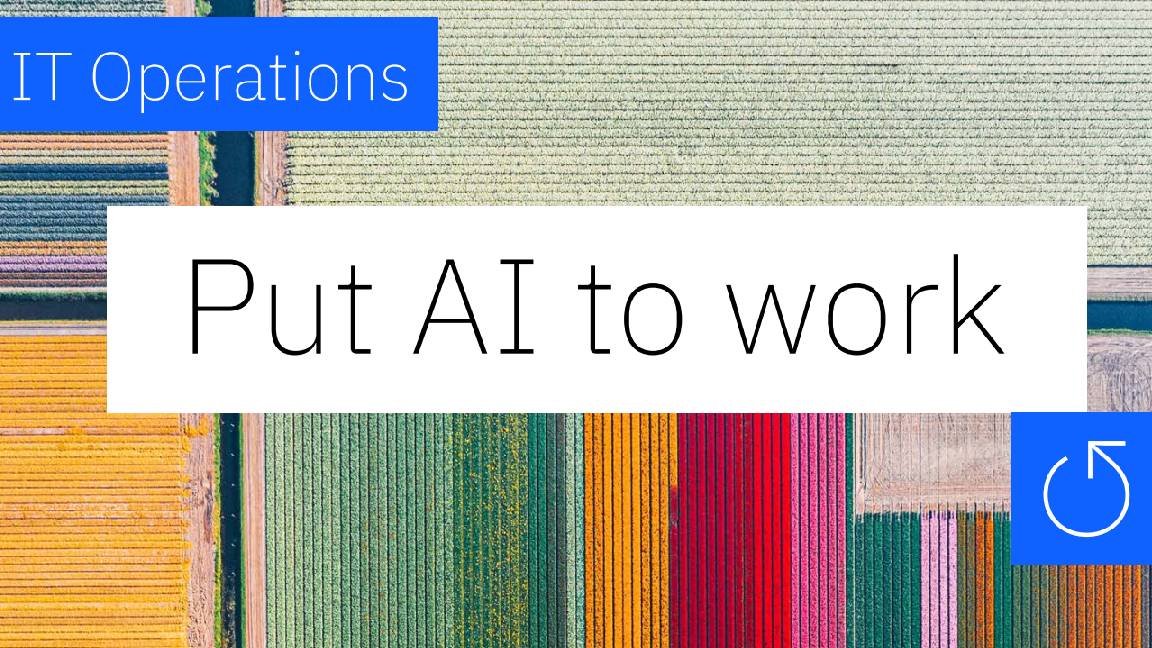How to encourage employees to buy into sustainable work practices
To create long-term sustainable work practices, they need to be embedded into the fabric of an organization


Any organization that attempts to put sustainability policies in place but then fails to embed them into everyday work is not an organization that is meeting its full sustainability potential. Presenting those policies as non-questionable edicts or rules that are enforced from the top down is one of the best ways to undermine your efforts.
For an organization to achieve its full potential, each worker needs to enact appropriate work practices without thinking, as an everyday activity. Simple in theory, but this can be incredibly difficult to implement. So, what strategies can be put in place?
Where can improvements be made?
For those organizations not already involved in sustainability practices, going after the low-hanging fruit might be the place to start. These will present differently depending on the nature of the work done, and the level of engagement among employees. Buy-in often depends on a willing and enthusiastic workforce, including at the early stages, when working practices need to change.
"When building sustainable workplace practices, companies need to focus on both the environment and company culture," argues Richard Lobo, chief people officer at Tech Mahindra. "Balancing both is great for employee morale as well as the company brand."
Key areas of focus: Infrastructure, people, processes
There are some key areas where those two goals of going after low-hanging fruit and getting people to buy in might be found. Lobo suggests these are grouped across three key areas - infrastructure, people, and processes.
This is helpful advice for thinking about the overall strategic role of policies in the organization, and enabling the C-Suite and other leaders to position policies across all that the organization does. Within each of them, though, people must do the implementation.
Consider an infrastructure policy of reducing waste. An aspect of this might be to reduce the use of paper. This could mean the organization decides to go digital first, which may mean some people are asked to make very significant day-to-day changes to how they do their jobs.
Get the ITPro daily newsletter
Sign up today and you will receive a free copy of our Future Focus 2025 report - the leading guidance on AI, cybersecurity and other IT challenges as per 700+ senior executives
"The key to success is understanding that sustainable workplace practices aren't just about environmental impact," explains Lobo. "They're about creating a workplace that sustains both people and the planet. The most effective approaches combine clear environmental benefits with positive impacts on employee well-being and operational efficiency."
Buy-in through benefits
If there is going to be short-term pain, then people need to be assured they are doing the right thing. Steff Wright, founder and chairman of Gusto Group, a purpose-driven group of B Corp accredited companies, and former chair of the Climate Party, said that a decision to become 100% employee-owned was a key driver in bringing workers and business purpose together.
"If a business is able to knock £50,000 off its energy costs for instance – this doesn’t only represent an environmental benefit, but also a financial consequence for staff, who will gain from a more profitable business."
Highlighting a different approach, Lobo cites his organization’s Green Marshals initiative: “In FY24 alone, our Green Marshals contributed 3,504 volunteer hours on sustainability initiatives, creating a ripple effect of sustainable practices across our offices.”
He adds that these sustainability champions "bring policies to life through practical, day-to-day actions and peer education".
What matters here is getting people on board and, vitally, keeping them invested. This might mean using some metrics both to inform and encourage, and putting at least some financial savings to good use. For example, if paper disposal costs fall by $xxx a quarter, then why not put all or a significant fraction of $xxx into local community or environmental projects.
Invest in employee education
An organization may find that one reason employees aren’t invested in sustainability practices at work, or don’t follow policies if these are in place, is that they do not understand the broader benefits of their actions, or believe that what they do makes no tangible difference.
Importantly, Wright notes, "employees are not going to feel responsibility for something, unless they have had agency in it". His approach includes taking his senior management team through the Climate Fresk program to help them to join the dots between actions taken and the climate and environmental consequences. This is then supported by supplementary e-learning modules.
There are plenty of other formal and informal strategies available, and whatever is chosen, Wright argues that for a businesses’ sustainability approach to be successful, "it needs to connect to people’s emotions and to financial indicators which will benefit them".
RELATED WHITEPAPER

A potential trap in all of this is relying on technology as a prime mover to encourage sustainability buy-in. It's clear that there are some strategies where it is a key player. To give just a few examples: the already noted digital first paper reduction, using tech to control heating sensors, or supporting your people who work from home to use green / cleaner energy providers.
However, the workforce needs to understand the benefits, and feel rewarded for any tech solutions that are put in place. As Lobo explains: "The most effective technological solutions combine immediate feedback with longer-term impact visualization. When employees can see how their daily choices contribute to organizational sustainability goals, it creates a powerful motivation for continued engagement."
More on sustainability

Sandra Vogel is a freelance journalist with decades of experience in long-form and explainer content, research papers, case studies, white papers, blogs, books, and hardware reviews. She has contributed to ZDNet, national newspapers and many of the best known technology web sites.
At ITPro, Sandra has contributed articles on artificial intelligence (AI), measures that can be taken to cope with inflation, the telecoms industry, risk management, and C-suite strategies. In the past, Sandra also contributed handset reviews for ITPro and has written for the brand for more than 13 years in total.
-
 Microsoft just hit a major milestone in its ‘zero waste’ strategy
Microsoft just hit a major milestone in its ‘zero waste’ strategyNews Microsoft says it's outstripping its zero waste targets, recording a 90.9% reuse and recycling rate for servers and components in 2024.
By Emma Woollacott
-
 Dell names Lisa Ergun as new Client Solutions Group channel lead for the UK
Dell names Lisa Ergun as new Client Solutions Group channel lead for the UKNews Dell Technologies has announced the appointment of Lisa Ergun as its new Client Solutions Group (CSG) channel lead for the UK.
By Daniel Todd